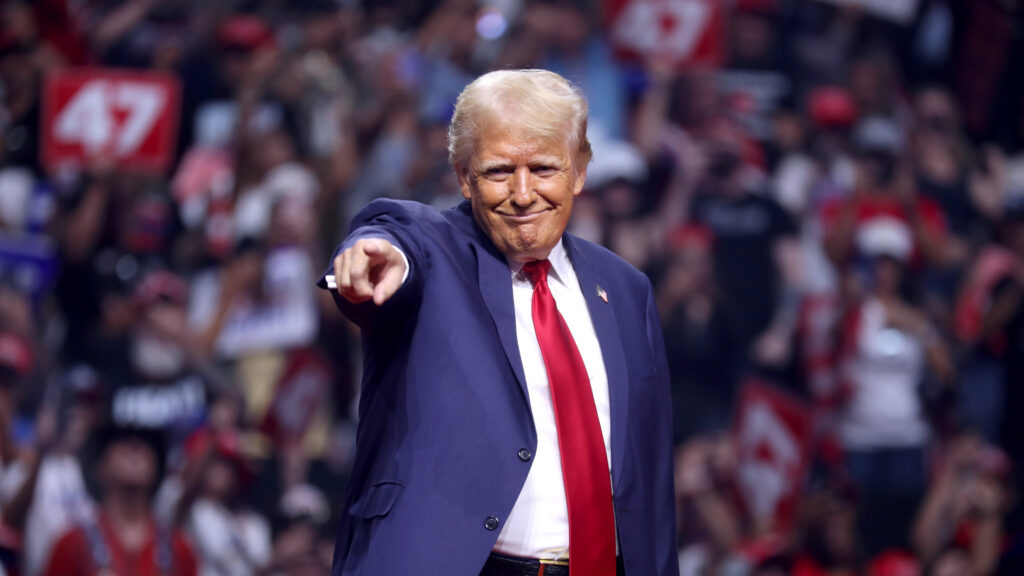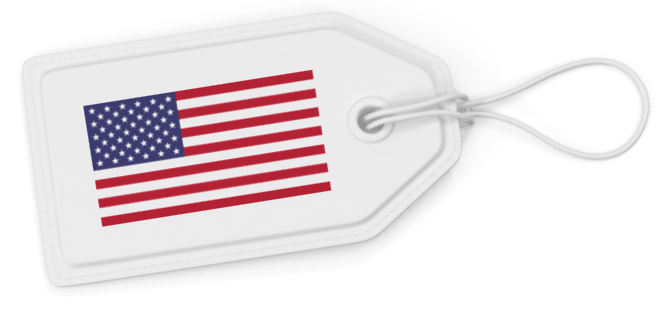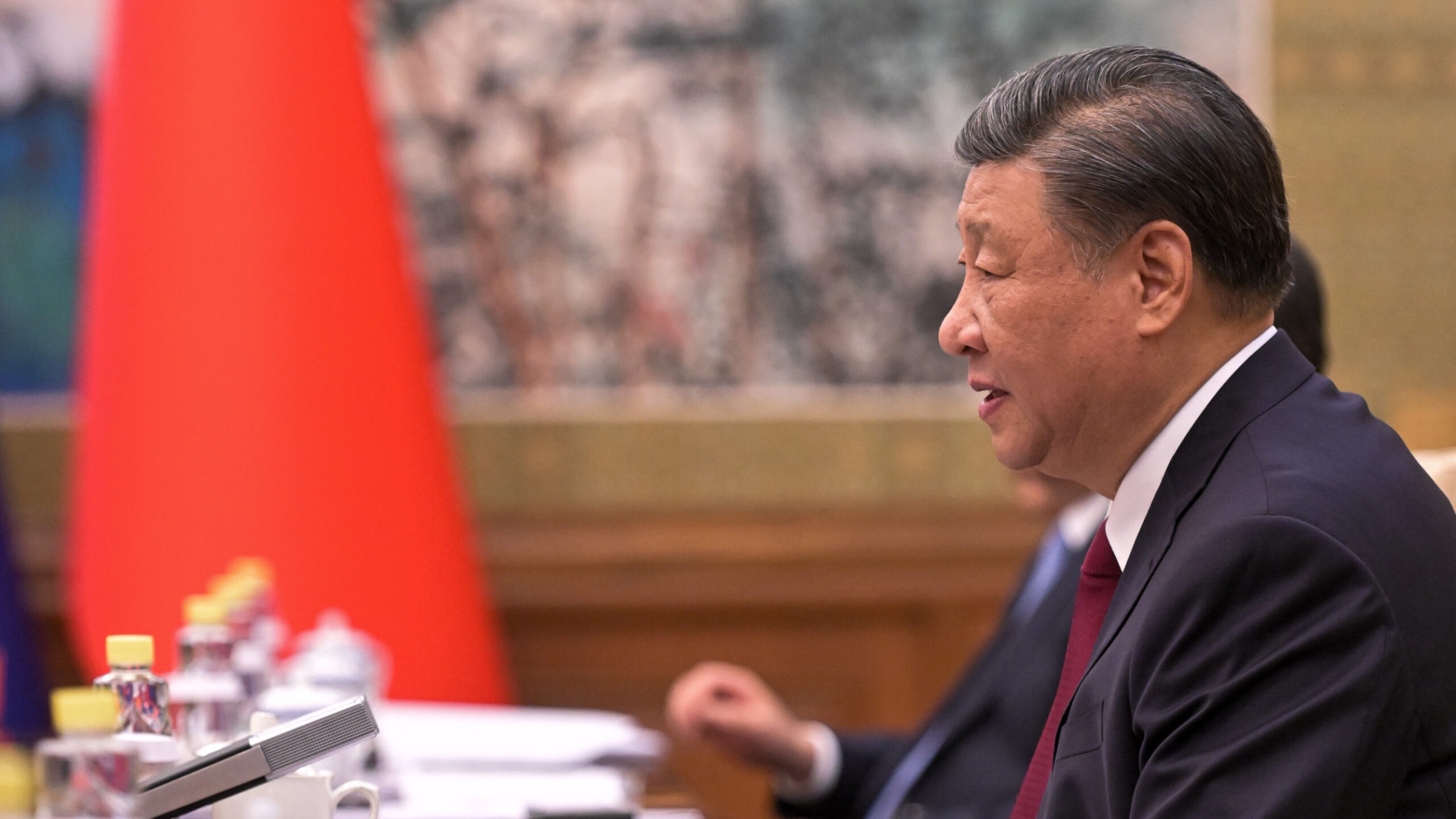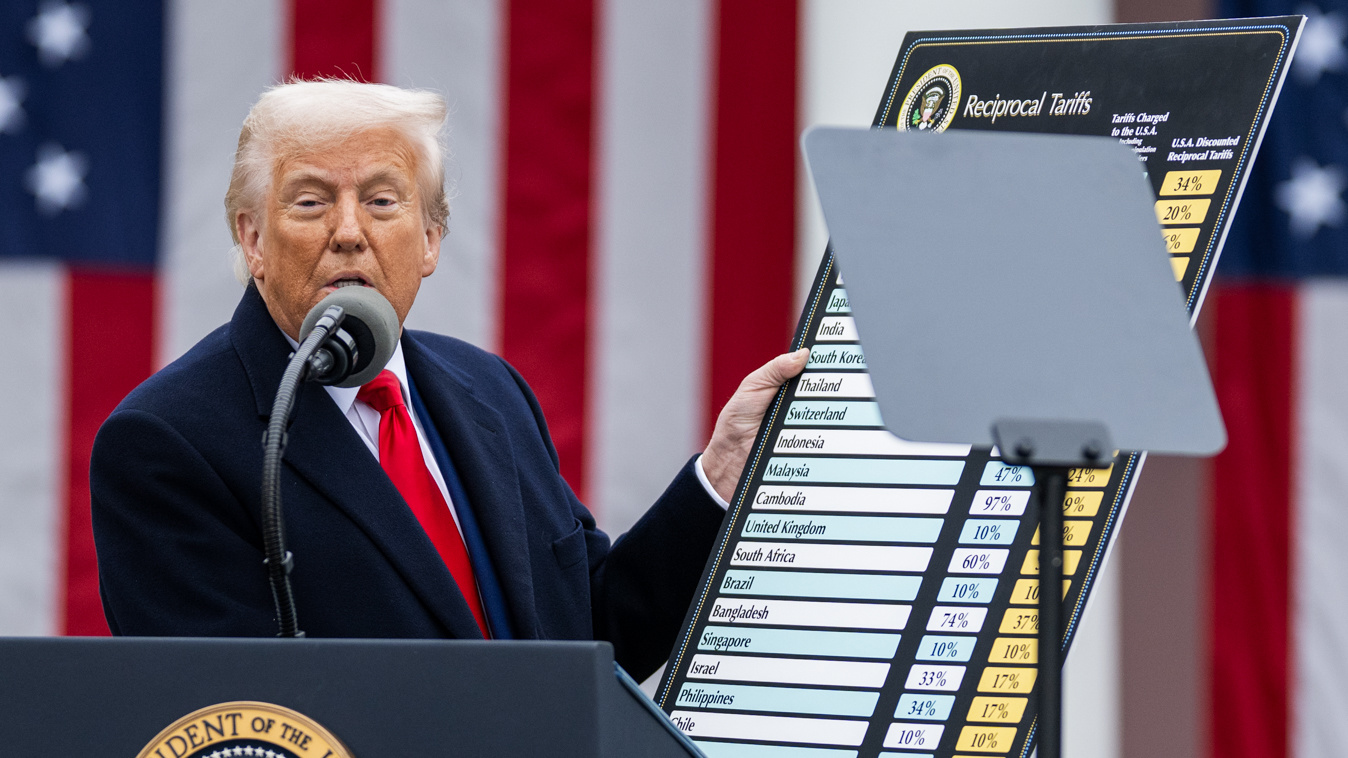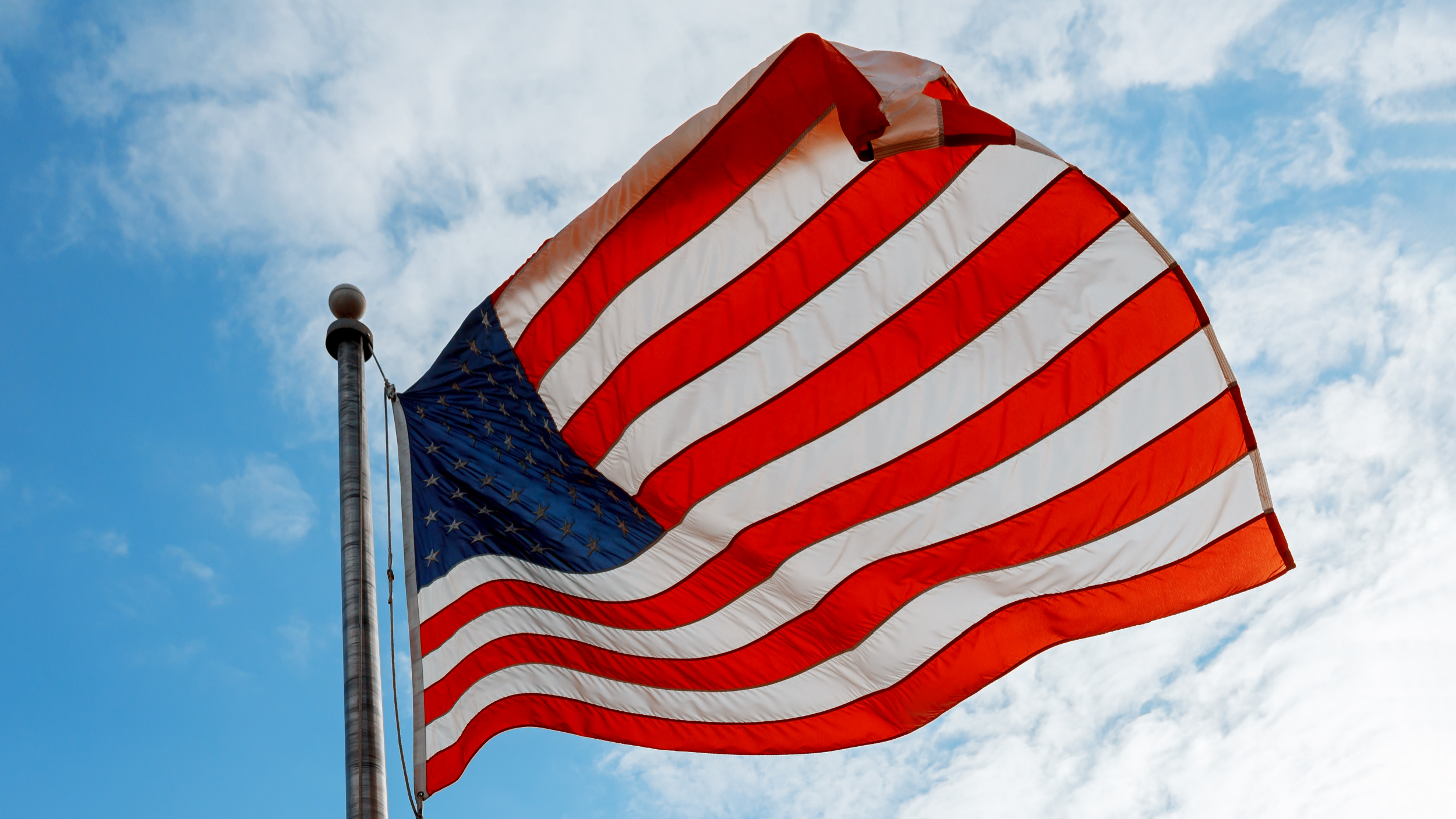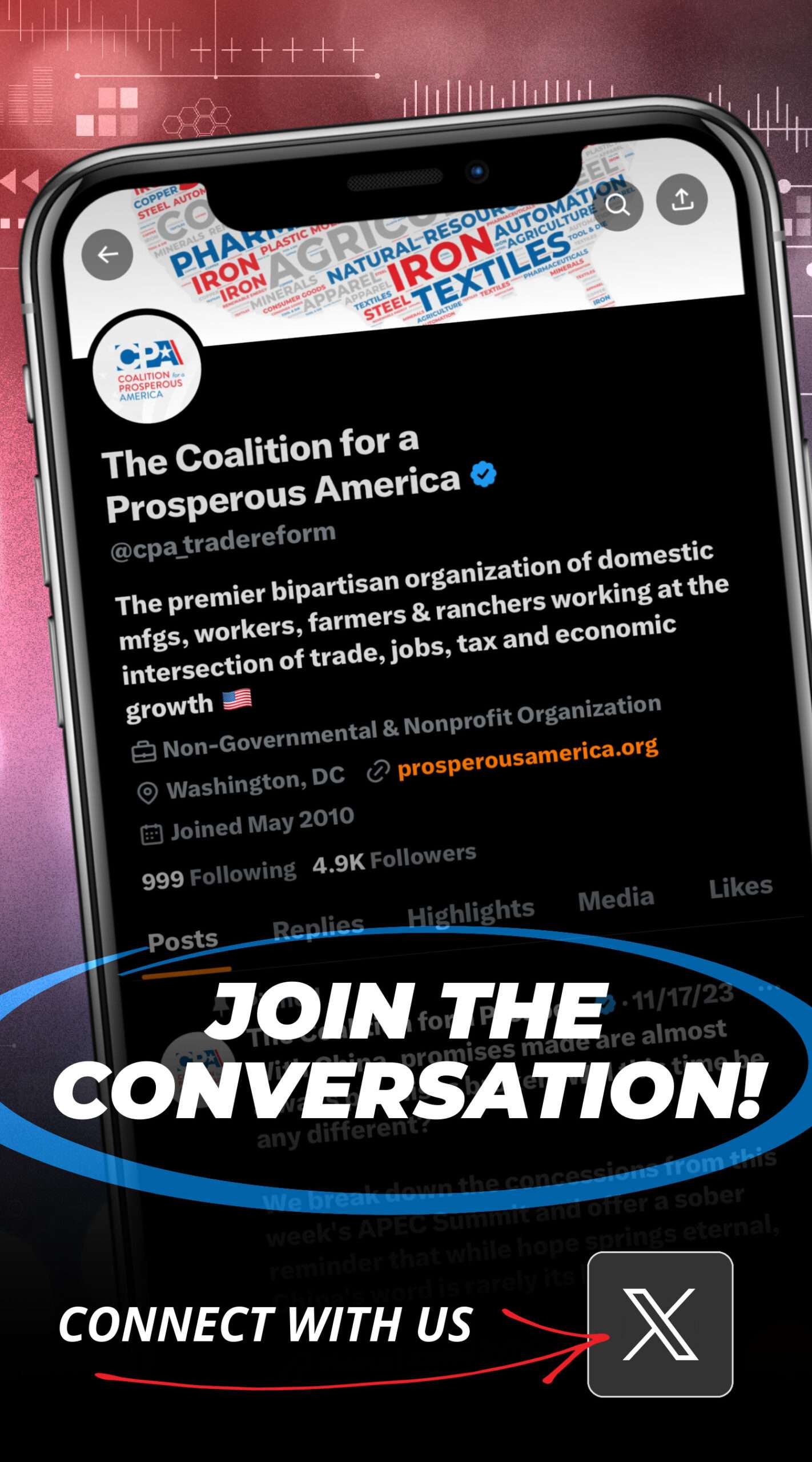WASHINGTON, D.C. — The Coalition for a Prosperous America (CPA) today praised President Trump’s landmark tariff announcement, dubbed “Liberation Day,” as a bold and long-overdue reset of the global trade system. The Trump administration’s decision to impose a permanent 10% baseline tariff on imports from all countries, combined strategically with higher reciprocal tariffs on nations engaging in unfair trade practices, marks a crucial step forward in reindustrializing America and restoring economic strength and security.
“A permanent, universal baseline tariff resets the global trade environment and finally addresses the destructive legacy of decades of misguided free-trade policies,” said Zach Mottl, Chairman of CPA. “President Trump’s decision to implement a baseline tariff is a game-changing shift that prioritizes American manufacturing, protects working-class jobs, and safeguards our economic security from adversaries like China. This is exactly the type of bold action America needs to restore its industrial leadership. Today’s action will deliver lasting benefits to the U.S. economy and working-class Americans, cementing President Trump’s legacy as one that ushered in a new Golden Age of American industrialization and prosperity.”
CPA has long advocated for universal tariffs as essential tools to incentivize reshoring, stabilize investment, and ensure long-term revenue. The Administration’s introduction of a baseline tariff represents a substantial victory for American workers and industries, establishing predictability and permanence that businesses need for sustained investment in domestic production. CPA also commends the Trump Administration for its robust use of Section 232 of the Trade Expansion Act of 1962. Section 232 is the ideal tool for the President to design industry-specific tariffs and quotas addressing the unique issues faced by different sectors.
However, CPA has warned about the shortcomings of reciprocal tariffs and a race to the bottom strategy. Reciprocity may be rhetorically expedient, but it has always been incompatible with tariff protection and tariff revenue goals. The Trump administration should ensure its tariff policies are permanent to provide foundational protection for American industries and consistent revenue to fund tax relief for working-class Americans.
“The Trump administration’s Trade and Tariff Agenda is finally aligning policy with economic reality,” said Jon Toomey, President of CPA. “For too long, the U.S. pursued a race-to-the-bottom strategy that rewarded offshoring, boosted multinational corporations, and devastated American communities. Today, President Trump decisively ended that era. The baseline tariff will generate lasting revenue and incentivize domestic production across critical industries, creating millions of American jobs. This announcement truly deserves the title ‘Liberation Day,’ signaling a historic turning point toward economic independence, national strength, and broadly shared prosperity.”
CPA’s prior economic analysis estimated that even a modest 10% supplemental universal tariff would lead to $728 billion in economic growth and 2.8 million new jobs, while generating $263 billion in new federal revenue to pay for domestic tax cuts. A Universal Supplemental tariff is best for revenue, because it preserves existing tariff preference schemes, making it the least distortive and thus the most politically viable long term. For example, a universal +20% rate does not result in an imported car with zero U.S. content facing a higher tariff than a car imported with substantial U.S. content.
Last week, CPA released a list of recommendations for external trade relations ahead of the Liberation Day announcements, including the implementation of a supplemental 18% universal tariff for revenue to further encourage domestic production investment, with a higher 60% rate for China. The 60% tariff would also apply to imports from Foreign Entities of Concern (FEOCs) in connector countries that China uses to transship and evade U.S. duties, like the ASEAN* countries currently, and additional connector countries identified over time.
CPA Recommendations for Bilateral Trade Actions
Read CPA’s full recommendations and economic analysis on trade issues and tariffs here.
- CPA recommends an 18% universal revenue tariff approach as a base revenue generator for the federal government. While generating hundreds of billions in federal revenues, it will also promote domestic investment and production.
- China and other countries with extensive links to Chinese supply chains, transshipment, and export dumping warrant even higher, broadly protective rates to further insulate U.S. producers from below market prices caused by China’s industrial overcapacity.
- In addition to the base revenue tariff, CPA also recommends a comprehensive, industry-specific tariff and quota approach to address the unique issues faced by each U.S. production sector. A single product can have both a revenue tariff and protective tariff, by setting the in-quota tariff at a revenue rate, and the over-quota tariff at a protective rate.
- The U.S. needs a strategic industry-by-industry tariff approach. By setting tariff rates by industry, instead of by country, the U.S. can efficiently protect against imports causing the most harm to U.S. producers (such as Mexican steel). This approach also avoids collateral damage to tariff preference programs that prioritize U.S. content, notably the “yarn-forward” rule of origin for apparel made with American textiles.
*Includes Vietnam, Thailand, Malaysia, Indonesia, Cambodia, Laos, Philippines, Singapore, Myanmar (Burma), and Brunei.
# # #



